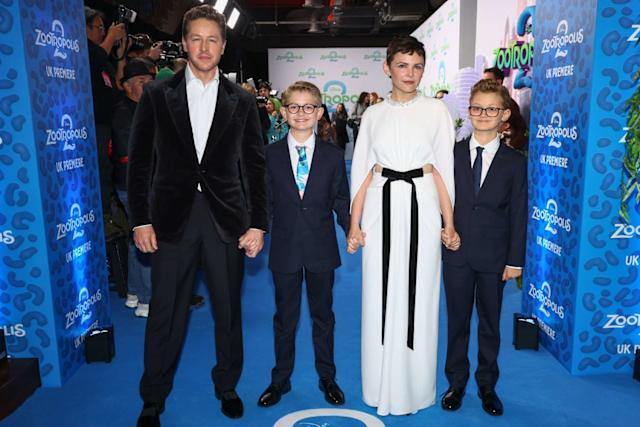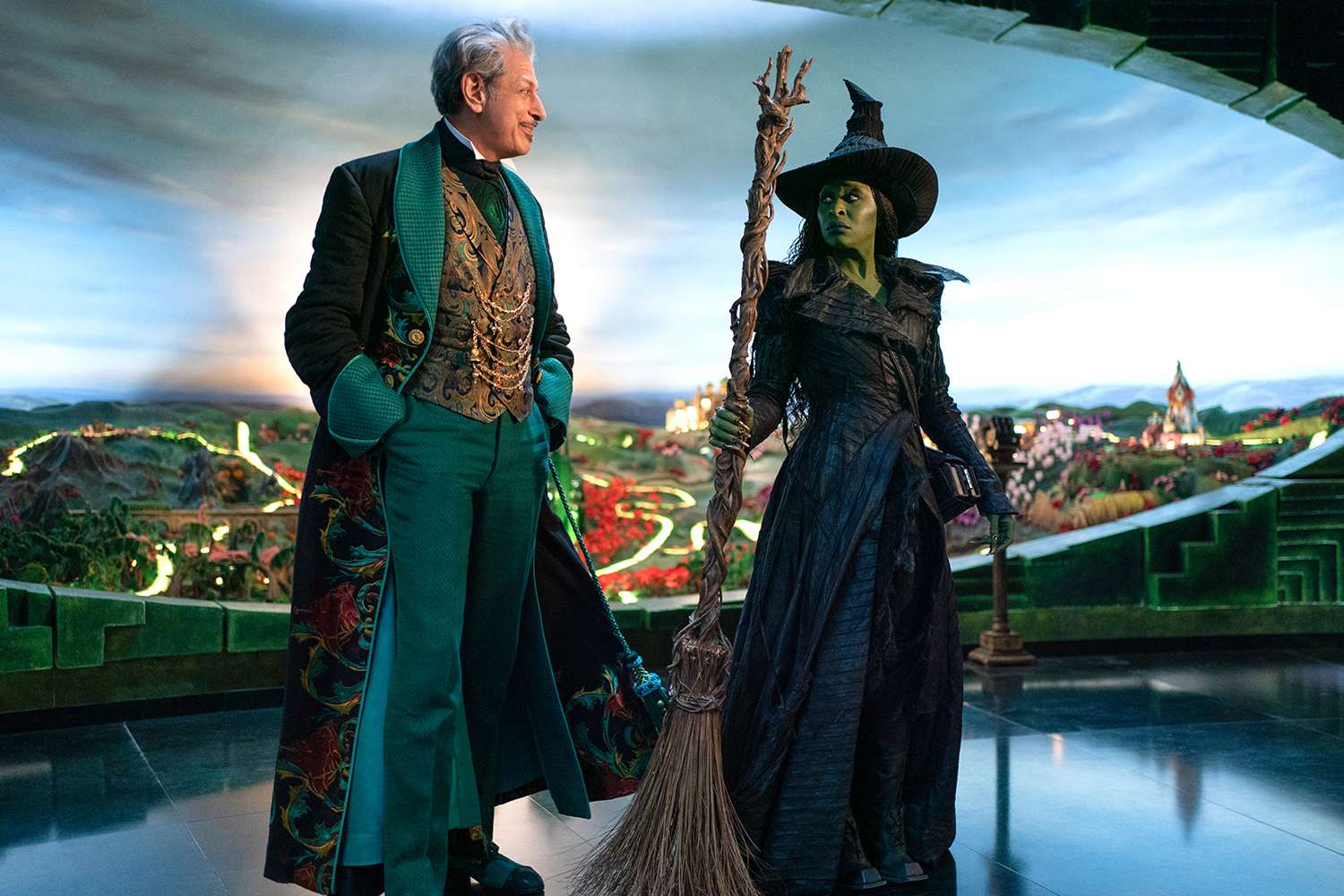The legal clash between Justin Baldoni and The New York Times has escalated into a full‑blown courtroom confrontation, revealing a complex collision of power, reputation, money—and the First Amendment. What seemed at first a controversial defamation suit has now transformed into a countersuit by the Times, demanding recompense for the costs incurred in defending what it claims was a vindictive and baseless legal assault.
It all began when, in December, Justin Baldoni filed a defamation complaint against The New York Times, seeking $250 million in damages. This was no small skirmish. Baldoni’s lawsuit was brought in response to a scathing exposé published by the newspaper, which centered on troubling allegations made by his It Ends With Us costar, Blake Lively. Lively claimed that Baldoni had engaged in workplace misconduct, including sexual harassment, and that there was a concerted effort to “smear” her reputation. The article raised serious questions about power dynamics on set, about how disagreements and conflicts are handled behind closed doors, and about the kind of culture allowed to persist in high‑stakes film productions.
The stakes only grew higher when the case was later folded into a broader $400 million lawsuit, which included not only Baldoni and the Times but also Lively and her husband, Ryan Reynolds. In setting this course, Baldoni’s legal team signaled that he intended not only to clear his name but to challenge the media narrative itself. To many observers, the value of the claim also suggested a desire to send a message: questioning high-profile reporting could come with steep consequences.
Yet the legal winds did not favor Baldoni. In June, Judge Lewis Liman granted a motion to dismiss all of Baldoni’s claims with prejudice, which is a particularly decisive form of dismissal because it permanently bars any refiling of the same claims. The judge concluded that Baldoni’s suit lacked legal merit, essentially ruling that the Times was protected in its reporting efforts. The court’s decision echoed a fundamental principle in U.S. law: the press has broad protection when it comes to reporting on matters of public concern—especially when those reports are the product of careful investigation, not malicious intent.
From the Times’ perspective, the dismissal was vindication. It was not just a victory in court—it was a statement about the role of journalism itself. In a public statement, the newspaper emphasized that its coverage of the It Ends With Us fallout was conducted “carefully and fairly,” and that the court’s ruling acknowledged this was indeed “honest reporting.” The Times framed its work as journalism serving a public interest, not a reckless defamation smear. Importantly, it promised to defend its journalists and its editorial judgment when challenged.
But the battle did not end with the dismissal. On September 30, The New York Times filed a countersuit in the New York County Supreme Court—this time targeting Baldoni’s production company, Wayfarer Studios. The Times demands recovery for the more than $150,000 it says it spent in legal fees, costs, and expenses defending itself against what it views as a meritless, bad-faith lawsuit. The complaint argues that Wayfarer is “jointly and severally liable” for damages caused by the original claims—a legal theory that would make the company fully responsible for the financial burden, regardless of whether Baldoni personally bears the same liability.
By launching this countersuit, the Times is shifting from defense to offense. It is not merely seeking vindication—it wants reparation. The move reflects a broader dynamic: in high-profile defamation cases, attorneys for media organizations sometimes pursue defendants for the costs of defending their editorial work, especially when courts deem the underlying litigation frivolous. In this light, the Times’ filing is more than a retaliation—it is a calculated legal strategy that reinforces the message that costly suits meant to pressure or intimidate legitimate reporters will not go unanswered.
The Times’ legal team frames their position bluntly: they contend that Baldoni’s case “had no basis in law or fact,” and they invoke the doctrine by which a prevailing defendant in a defamation suit may recover its expenses when the original claim is adjudged insubstantial. The difference between “meritless” and merely “losing” is important in legal circle: to recover costs like this, courts generally require more than a narrow defeat—they require a finding that the suit was frivolous or filed in bad faith. The Times is staking that the dismissal with prejudice signals exactly this.
From the other side, Baldoni’s legal representatives have declared that they will not be bullied by so-called “power brokers,” regardless of the outcome. Their public posture is defiant: though their client suffered a courtroom loss, they frame this legal crucible as part of a broader fight for fairness in how news media covers celebrities and powerful individuals. In one statement, Freedman (representing Baldoni) said, “Win, lose or draw, we refuse to cave to power brokers even in the face of seemingly impossible odds… If the current laws protect legacy media in this manner, perhaps it’s up to us to ignite that change.”

This is not mere rhetoric. The countersuit threatens significant financial exposure for Baldoni’s company. Even though the $150,000 figure may be modest relative to blockbuster lawsuits, it underscores the principle in question: if a plaintiff sues a media institution for reporting, and the court deems that suit groundless, the media may turn around and seek to recoup its costs. The implications are not only personal but systemic: they feed into the legal environment for defamation, the chilling effect on journalism, and the boundaries of press accountability.
Within the broader legal and media landscape, this case engages a host of tensions. On one side is the First Amendment, which protects a free press from retaliation or chilling lawsuits that would stifle investigative reporting or public interest journalism. But on the other side is the question of accountability: when media outlets make errors, misreport facts, or allow bias, do those they report on have legal recourse? Courts often must walk a delicate line—protecting journalists from frivolous litigation while leaving open legitimate pathways for redress against journalistic misconduct.
Baldoni’s original decision to seek $250 million in damages reflected more than a desire for financial relief. It carried symbolic heft. Claiming that amount, he essentially asserted that the Times had inflicted profound harm on his reputation and career. The amplification of those stakes placed immense public scrutiny on the case. But the court’s decision to dismiss the suit with prejudice suggests that judges weighed the substance of the allegations and found them lacking under defamation law standards.
To secure a defamation claim, a plaintiff typically must show that a publisher made a false statement, that it was published to a third party, that it caused harm, and—if the plaintiff is a public figure—that the publisher acted with “actual malice” (i.e., knowledge of falsity or reckless disregard for the truth). In its defense, the Times likely argued that its reporting was based on credible sources, corroborating evidence, and fair investigative methods—and thus did not cross the line into reckless falsehoods.
Now, with the countersuit in motion, Wayfarer Studios must file a response: whether it contests liability or challenges the assertions about the fees and damages. This stage may involve further motion practice—perhaps a motion to dismiss or a motion to strike—and potential settlement discussions. If the court grants summary judgment or otherwise rules in favor of the Times, Wayfarer could be ordered to pay the legal costs.
Meanwhile, the public, media, and legal observers will be watching closely. This case could set precedents or at least serve as a cautionary tale: plaintiffs who bring heavy-handed defamation claims against reputable outlets may find themselves not only losing but financially liable for the consequences of their suits. In this sense, the countersuit is more than retaliation; it is normative. It reinforces that litigation over public figure coverage must be grounded in actual legal merit—not a tactic to punish or silence.
The episode underscores something fundamental about modern media: coverage of public figures—especially high-profile actors—will always invite sharp scrutiny, claims and counterclaims, and a fierce battle over the public record and reputation. Baldwin’s effort to challenge media narratives is hardly unique, but it came against one of America’s oldest and most respected journalistic institutions. That in itself raises questions: Can celebrities realistically sue their way out of unfavorable coverage? Or must they, instead, pursue more measured responses—like corrections, public statements, or defamation claims with narrower causes of action?

At bottom, the Times sees itself not simply as a litigant but as a guardian of the public interest. Its countersuit is as much message as motion—a warning that it will defend its reporting vigorously, including by seeking compensation for baseless attacks. As the suit proceeds, legal scholars will parse every brief, seeking guidance on cost recovery, on the contours of defamation law, on the boundaries of press protection, and on how courts should respond when powerful figures sue powerful institutions.
But beyond the legalese and procedural maneuvers lies a human dimension: reputations, careers, credibility, and public trust hang in the balance. For Baldoni, this is not just a lawsuit—it is a battle to preserve—and perhaps reclaim—public esteem. For the Times, it is a defense of journalism’s role in holding figures accountable, even when those figures are popular or well connected.
Whatever happens next, one thing is clear: this is more than a dispute between a celebrity and a newspaper. It is a high-stakes confrontation over the relationship between power, accountability, and the press. In that tension lies the core of democratic discourse.










